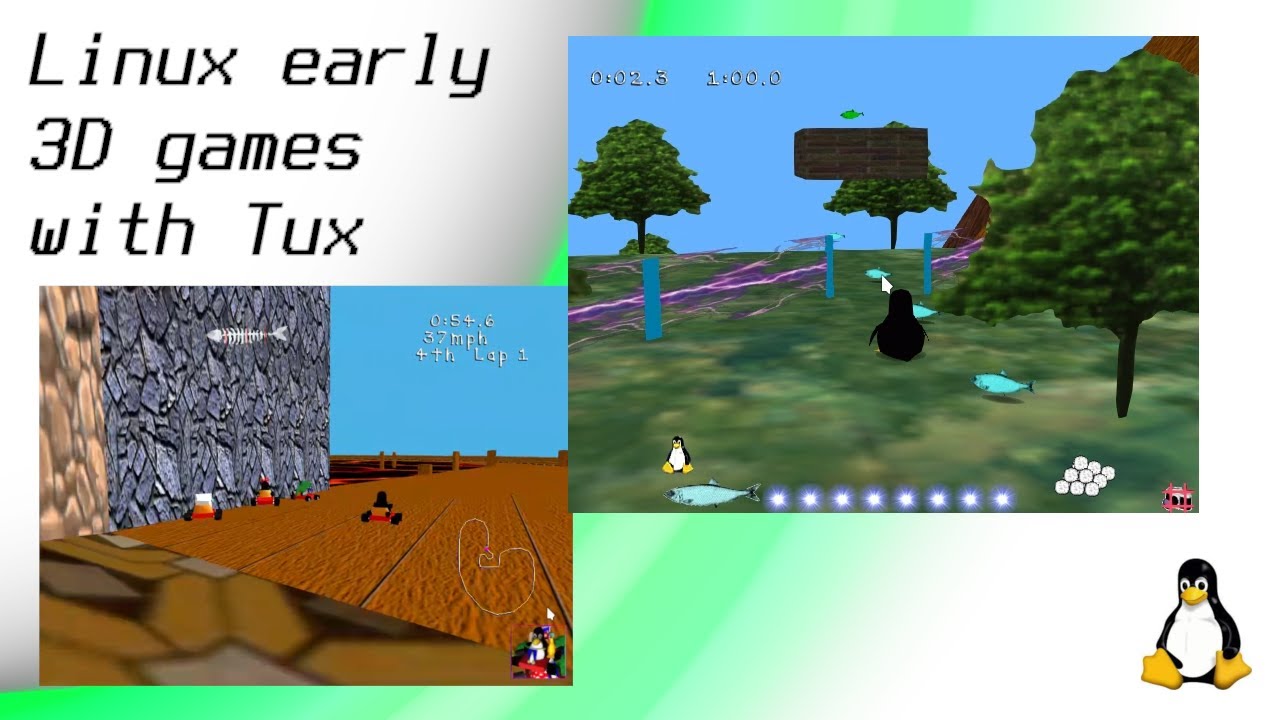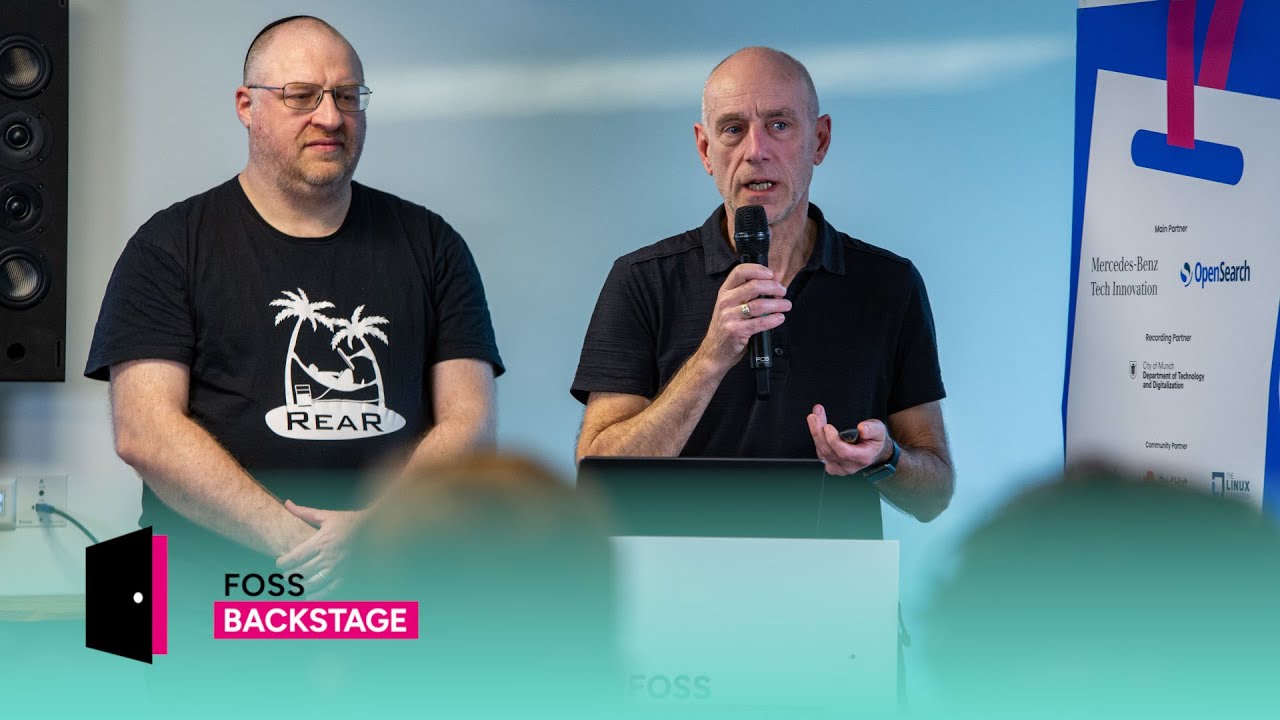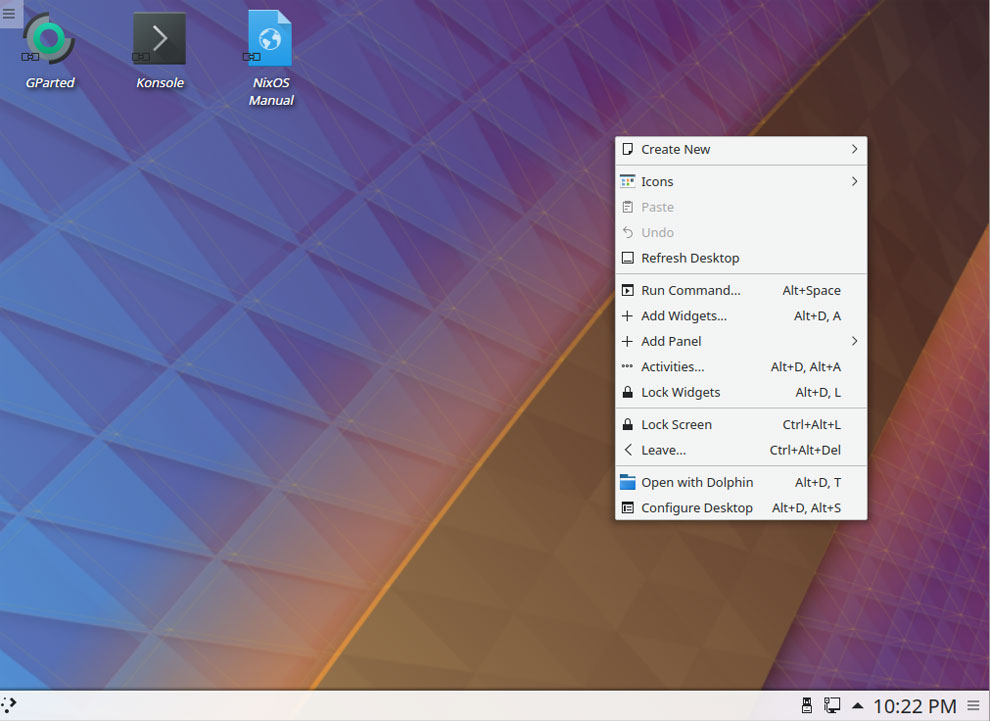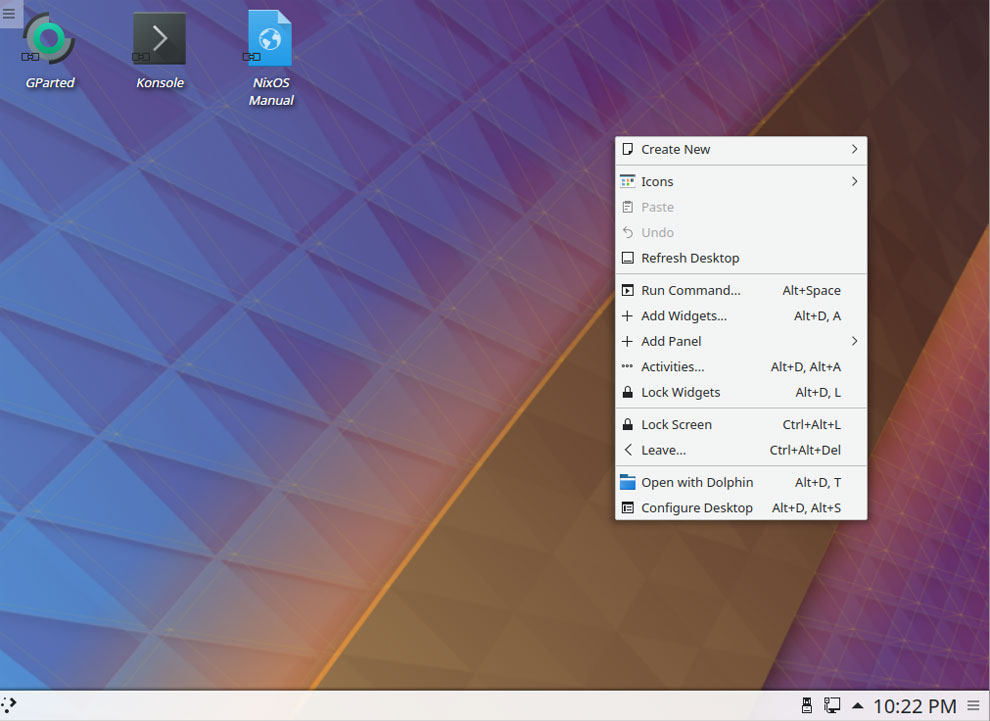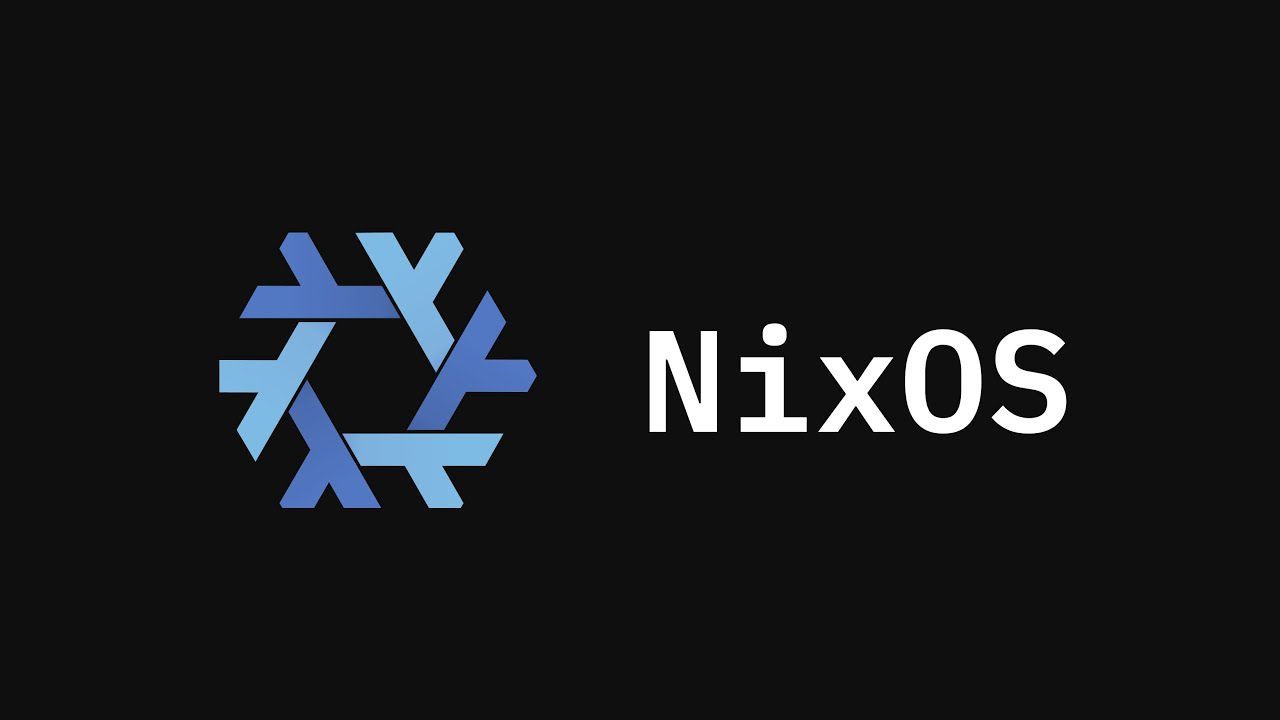Embracing Controversy: Why the Proposed Windows NT Synchronization Driver for Linux Kernel Is a Game-Changer
As a fervent advocate for the purity of the Linux ecosystem, I have always stood by the belief that Linux should remain untainted by the proprietary shackles of Windows. However, recent developments have forced me to reconsider my stance. The proposal for a Windows NT synchronization primitive driver to be integrated into the Linux kernel has sparked heated debates within the open-source community.
The discussions stemming from last year’s Linux Plumbers Conference have culminated in a groundbreaking proposition that could revolutionize the way Windows applications run on Linux. The driver, which would introduce /dev/ntsync as a new character device, aims to directly implement Windows NT synchronization primitives within the Linux kernel itself. This move, if successful, could potentially enhance the performance of Windows games and applications on Linux, particularly through Wine.
Elizabeth Figura of CodeWeavers, the driving force behind the proposal, elucidated the rationale behind this audacious endeavor. In her request for comments (RFC) shared across various Linux kernel mailing lists, Figura highlighted the inefficiencies of the current emulation process within the Wine project. She emphasized the need to address the performance bottlenecks caused by the historical reliance on RPC for implementing NT synchronization primitives.
The NT synchronization APIs are too complex to implement on top of existing primitives without sacrificing correctness. Certain operations, such as NtPulseEvent() or the ‘wait-for-all’ mode of NtWaitForMultipleObjects(), require direct control over the underlying wait queue, and implementing a wait queue sufficiently robust for Wine in user space is not possible.
The proposed driver seeks to bridge this gap by directly integrating the intricate NT synchronization interfaces into the Linux kernel, thereby potentially unlocking unprecedented performance gains for Windows applications running on Linux.
Unveiling the Performance Benefits
The initial patch series comprising 32 patches, with 17 dedicated to the actual implementation, promises a significant boost in performance for a myriad of Windows games. According to Figura, the performance enhancements range from a commendable 21% for Metro 2033 to a staggering 678% for DiRT 3. These numbers underscore the transformative impact that the NT synchronization driver could have on the gaming experience for Linux users.
linux ntsync
This ambitious endeavor is not without precedent. Wine developers have long sought a more efficient Linux kernel sync API to cater to the intricate needs of the Windows NT synchronization object API. The quest for a solution superior to esync/fsync has been a persistent theme in the Linux community, and the proposed driver represents a significant step towards addressing this longstanding challenge.
The Road Ahead
As the open-source community braces for the potential integration of the NT synchronization primitive driver into the mainline Linux kernel, the implications for the future of cross-platform compatibility are profound. The prospect of seamless Windows application performance on Linux systems heralds a new era of convergence and interoperability.
The journey towards harmonizing the divergent worlds of Linux and Windows is fraught with challenges and uncertainties. However, the allure of unlocking unparalleled performance gains for Windows applications on Linux is a tantalizing prospect that cannot be ignored.
Stay tuned as we delve deeper into the unfolding saga of the Windows NT synchronization driver and its impact on the Linux ecosystem.


 Photo by
Photo by 







